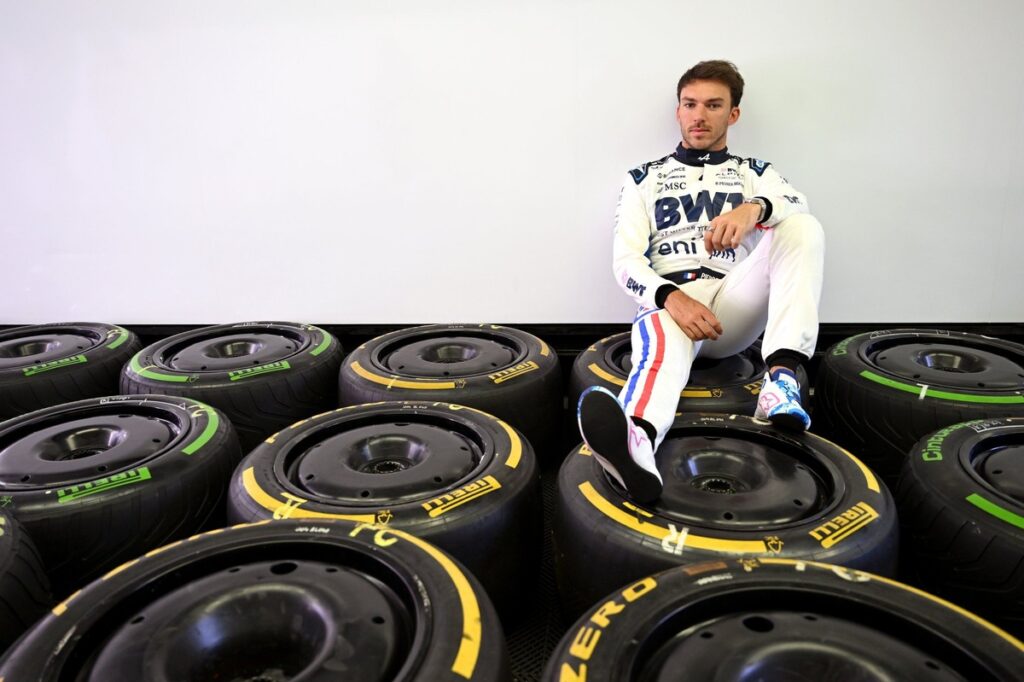Pirelli has announced which tyre compounds will be available for all the remaining rounds for the summer break, with significant changes for the British and Belgian Grands Prix.
While the selections for the Red Bull Ring and Hungaroring are the same as last season (with the C3, C4 and C5 compounds taking the hard, medium and soft slots), Silverstone’s will be a step softer: C2, C3 and C4.
Given the events of 2013, when tyre failures disrupted the race and prompted Pirelli to revert to a previous carcass spec, and 2020, when Silverstone was hosting back-to-back races and went a step softer for the second race leading to a spate of tyre delaminations late on, this is a bold step at a circuit with high-speed corners that are demanding.
But the choice for Spa-Francorchamps is more intriguing still.
After the opening rounds of the season panned out largely as one-stop races in dry conditions, Pirelli floated the possibility of having a gap between the selected compounds so they do not follow in sequence. Hence in Belgium the medium and soft will be the C3 and C4, as they were last year, but the hard will be the C1 rather than the C2.
The intention is to widen the performance differential between the hard and medium choices and put teams in a position where the possible outcomes of one-stop versus two-stop strategies are less clear-cut.
“In Silverstone, the challenge will be to manage the medium, which for the past two years actually served as the soft,” said Pirelli’s statement.
Charles Leclerc, Ferrari SF-24
Photo by: Ferrari
“While in Spa, which is also a sprint event, those opting for the hard, with the idea of stopping just once, will have to take into consideration the performance difference that now separates the C1 from the C2, which was last year’s hard.”
Introducing the compound ‘step’ at a sprint weekend is another facet Pirelli sees as generating intrigue because it adds further complications to tyre choice. But the focus remains on the grand prix – not necessarily pushing teams towards a two-stop strategy, since that would likely result in most of them converging, but providing hard choices between one and two stops.
“They [teams] always find a way to apply a strategy on one stop,” Pirelli motorsport manager Mario Isola said during the Emilia-Romagna Grand Prix weekend.
“It’s not that we’re trying to push them to have a two-stop strategy because it’s better, it’s more action, more unpredictability and better races – but with the three compounds that are so close they always try to use the hard and the medium to move to a one-stop.”
The theory behind making the hard compound harder is that this makes a one-stop race potentially slower – the hard is more resilient, so the drivers can potentially push more on it, but it will still be slower than a rival using a soft-medium-medium two-stopper. But this has required more simulations based on performance data from the opening rounds because the differences between compounds must fit into a clear ‘window’.
Too small a difference between hard and medium, and the one-stop remains the de facto choice. Too big and the one-stop becomes untenable.
This is why the Belgian Grand Prix weekend is, in effect, a practical test of Pirelli’s theory.
In this article
Be the first to know and subscribe for real-time news email updates on these topics
Subscribe to news alerts
Read the full article here

